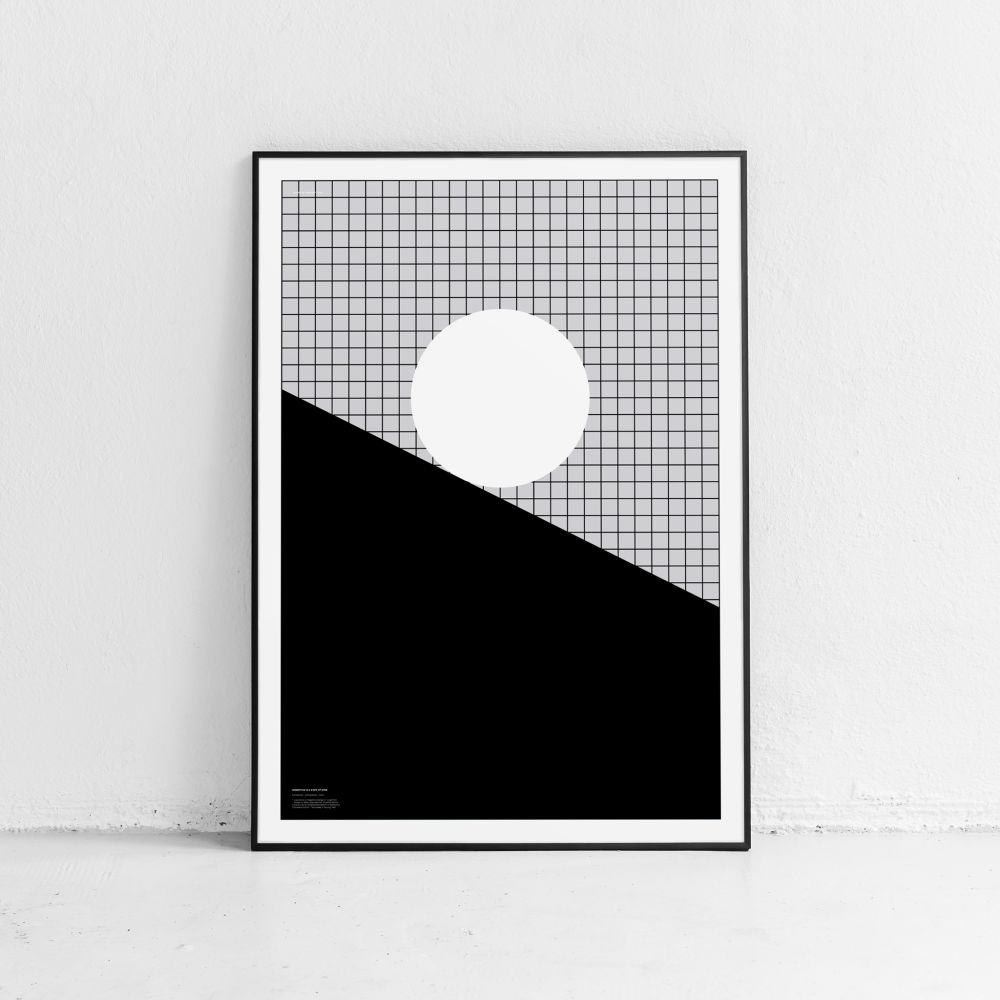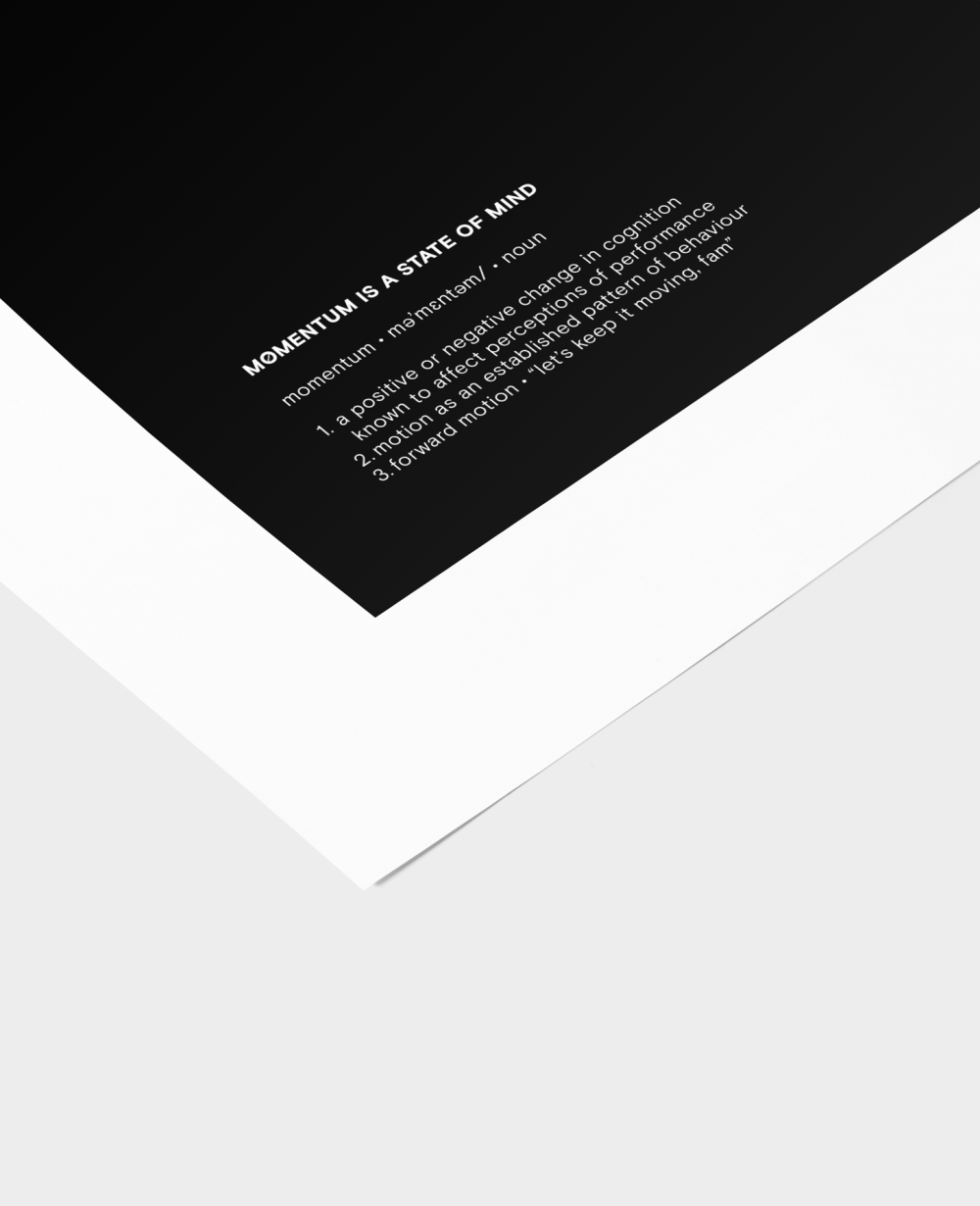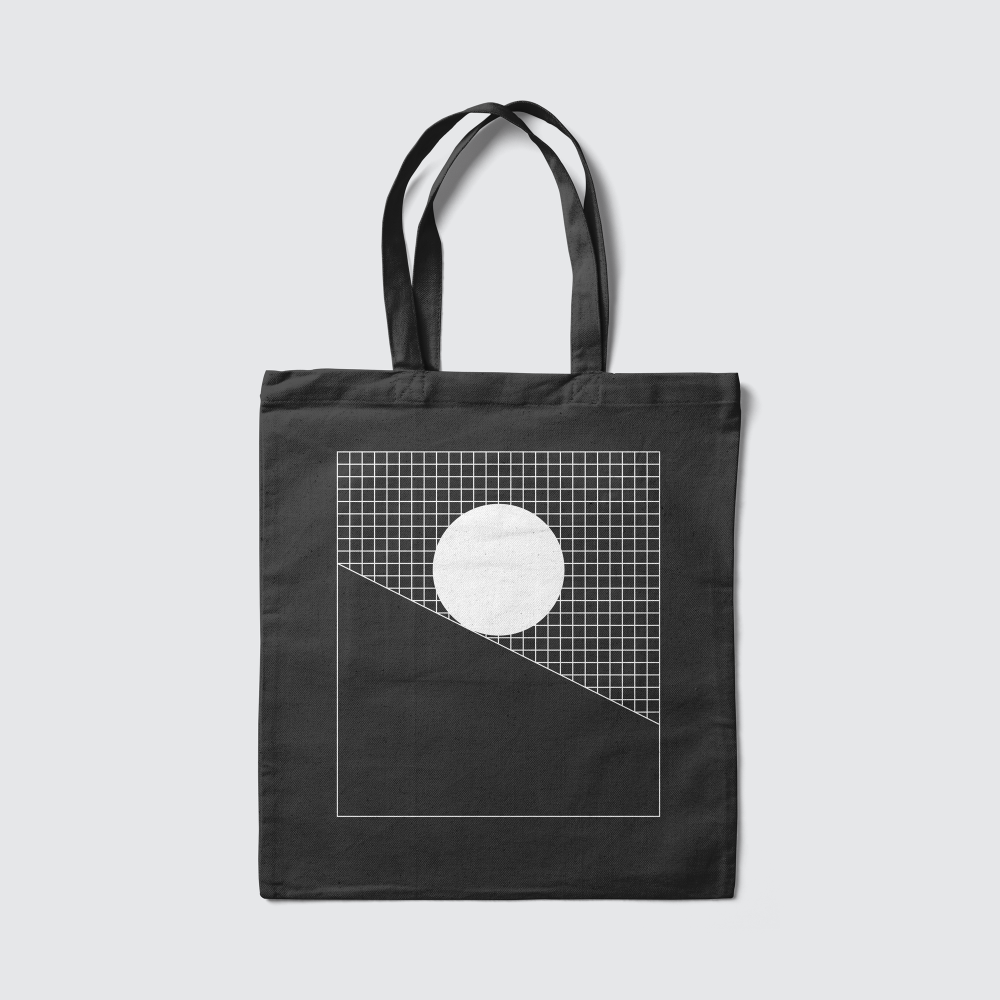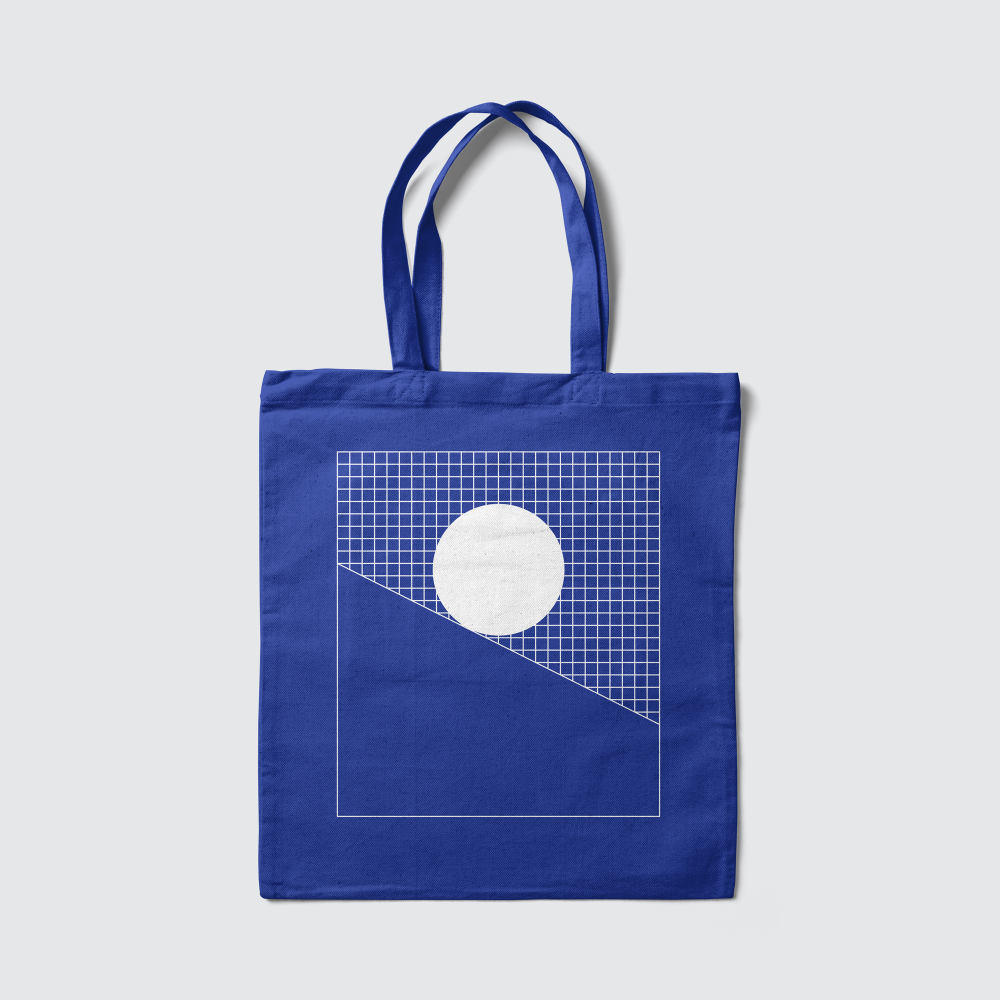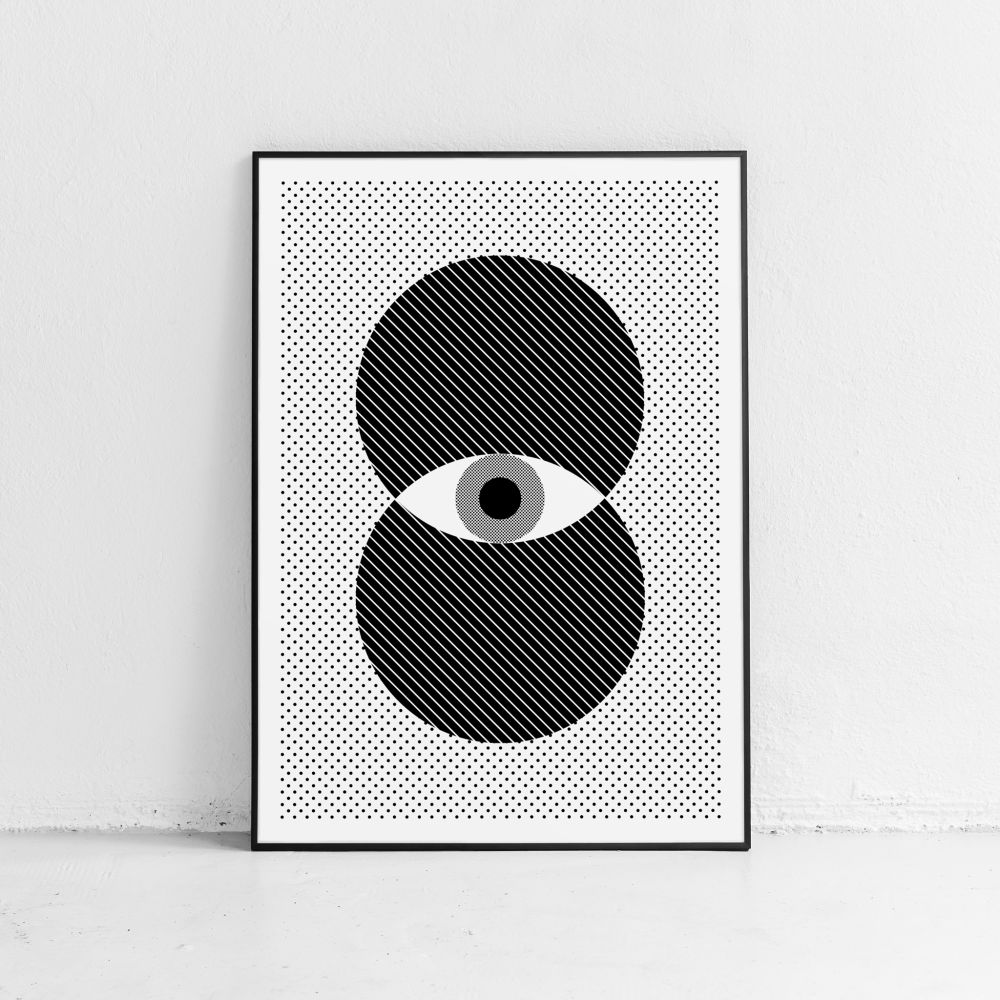

A degree in resilience: we talk to UAL alumnus and tutor Ansel Neckles
UAL alumnus Ansel Neckles graduated with “a degree in resilience and stick-ability”– and of course his BA (Hons) Graphic Design from Camberwell College of Arts. He recently joined the team at LCC Short Courses to lead a new course in Visual Identity – a two-day intensive in learning how to create a compelling visual identity – helping businesses to speak without words.
Ansel not only has a vibrant portfolio as a designer, he is the Co-Founder of Let’s Be Brief – a learning platform for curious and creative minds. Talking everything from the skills learnt during his career, his dive into the industry upon graduation to his top tips on getting into the creative industries.

Tell us about yourself…
I’m a father and husband. Jamaican and Grenadian. Born in East London. Raised in Tilbury and the London Borough of Havering — the same Havering with the highest pro-Brexit vote of any London Borough. Why is all this important? Because both my birthplace and places of origin make me what I term as a ‘Satellite Kid’: my hybrid of cultural perspectives has always provided me with multiple viewpoints on a single subject.
My primary interests are people, politics, economics and design thinking. I try to meld my voyeuristic tendencies with varying forms of creativity, and these multiple world viewpoints help provide clarity in regards to what I’m designing and who I’m designing for.
I am also fascinated by the world of business, and the human stories behind businesses. What separates the big and small is a relationship with heritage. Aswath Damodaran, Professor of Finance at NYU STERN says that “you can’t value a company without a story.” I’m a big believer in the idea that design and brand — and moreover brand as narrative — can help provide an effective shorthand to an often complex story.
You’re the co-founder of Let’s Be Brief, tell us about the work you do as a platform?
Let’s Be Brief is a learning platform for curious and creative minds. We upskill and cheerlead the creative community with a focus on helping people get shit done.
Our work is based on four pillars: creativity, culture, enterprise and learning. We regularly feature the stories of creatives from around the world. And since launching in 2012, we’ve put on exhibitions, industry talks, pop-up markets, designed training programmes and even hosted a podcast series on NTS Radio.
We also run a community engagement consultancy twenty%extra, that connects brands and organisations with audiences through creative communications. The two entities often overlap — such as on a recent project working with TIME’S UP UK and Ravensbourne University to create a series of student campaigns for TIME’S UP UK that helped the organisation engage with an 18-30 youth market.
What encouraged your career in the creative industries? Tell us about your career so far…
Like any nirvana seeking creative, my early career choices were inspired by the power of the word, and the potency of the succinct creative message.
My course had what I would call a ‘conceptual underpinning’, rooted in ideas as much as execution. I knew early on that I wanted a career in advertising and broader communications. Knowing that meant I was able to slant my project development toward my chosen career pathway — a route that helped get my little toe in a few doors, to at least have my work looked at by established industry creatives whose work I admired.
But my ‘Once Upon A Time’ started in the world of advertising as a junior Art Director on placement at Bates UK (which merged into JWT). From the window of that office I could see what I considered then to be the workplace of my dream — DDB London. From there I took risks and had fun when I could, in what has always been a highly-pressured, extremely deadline oriented creative environment. Being able to argue ideas with myself and with others, was as central to the job as the core creative impulse.
I managed to bag a couple of D&AD Commendations for art direction along the way, which helped keep me in a job, until such time that felt a need to go my own way and starting my own consultancy. Cue twenty%extra™ and Let’s Be Brief.
Since setting up the consultancy we have worked with quite a diverse range of clients, from Louis Vuitton, Virgin, Channel 4, The Royal Foundation to Hackney Council. I’ve been fortunate to push the boundaries of what design can be within my own practice; applying it to a broad spectrum of communications.
You’ll be joining us to lead the Visual Identity course… tell us about the benefits of creating a visual identity for businesses?
A strong visual identity is like a handshake — your initial introduction and opportunity to make an impression on your audience or client. A good visual identity can help provide a visual shorthand to your brand offering. Because what people remember is often a greater measure of the brand ‘experience’, than the brand product in of itself. By the end of the course students will be able to understand the principles of visual communication and design — and be able to apply them to their own brand or practice. And most importantly, gain a greater sense of confidence in interpreting and creating their own visual language.
What would your top piece of advice be to someone looking to get into the creative industries?
- You are creative industry, so get into yourself first and foremost: Find what motivates you to create — be it a range of desired outcomes, or specific cultural influences — and pro-actively work toward making those activation points visible through your work and biography. In other words: do you.
- Bring your heavy riot gear, because many of those industry doors don’t open by themselves. Looking for the right job or opportunity is one thing; creating those opportunities is another. People tend to notice you only when you make yourself known. Not ‘superstar known’, but known for doing that thing. Being able to execute an idea on your own terms — and under your own steam — puts you in a somewhat better position to negotiate terms in future.
